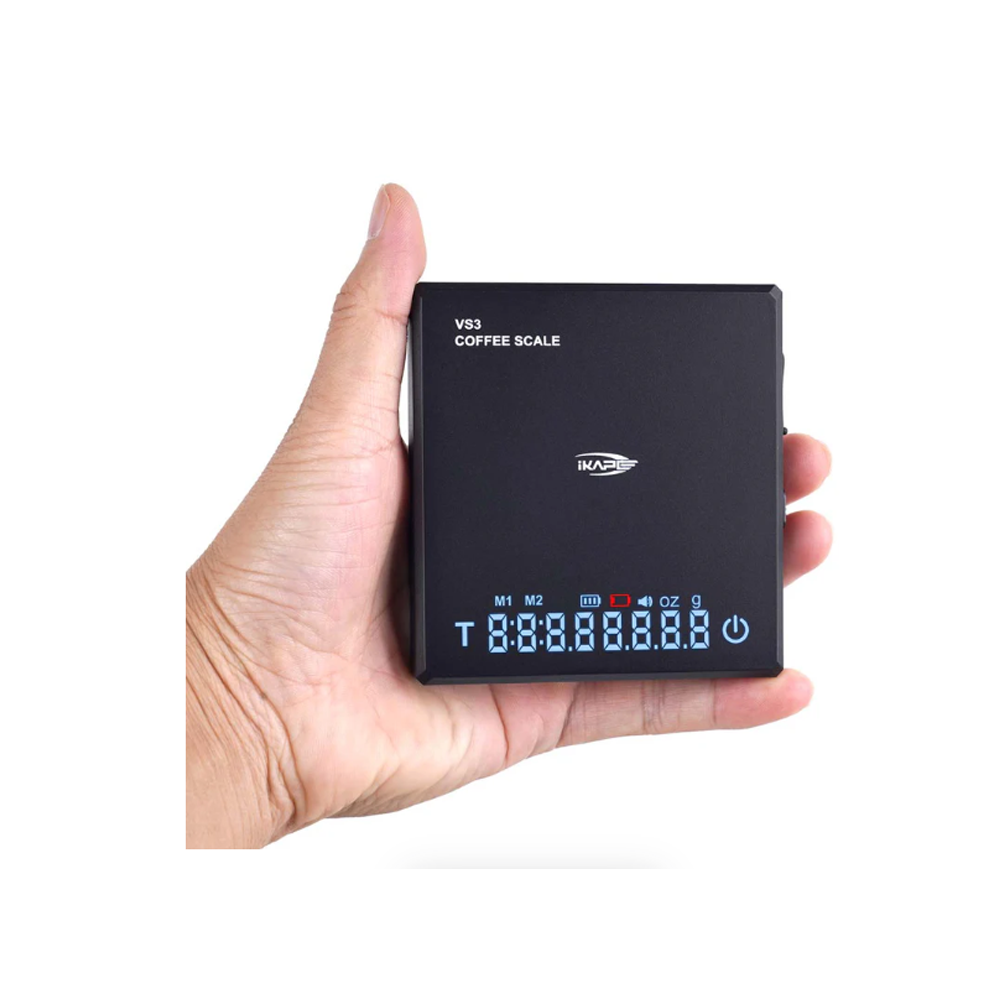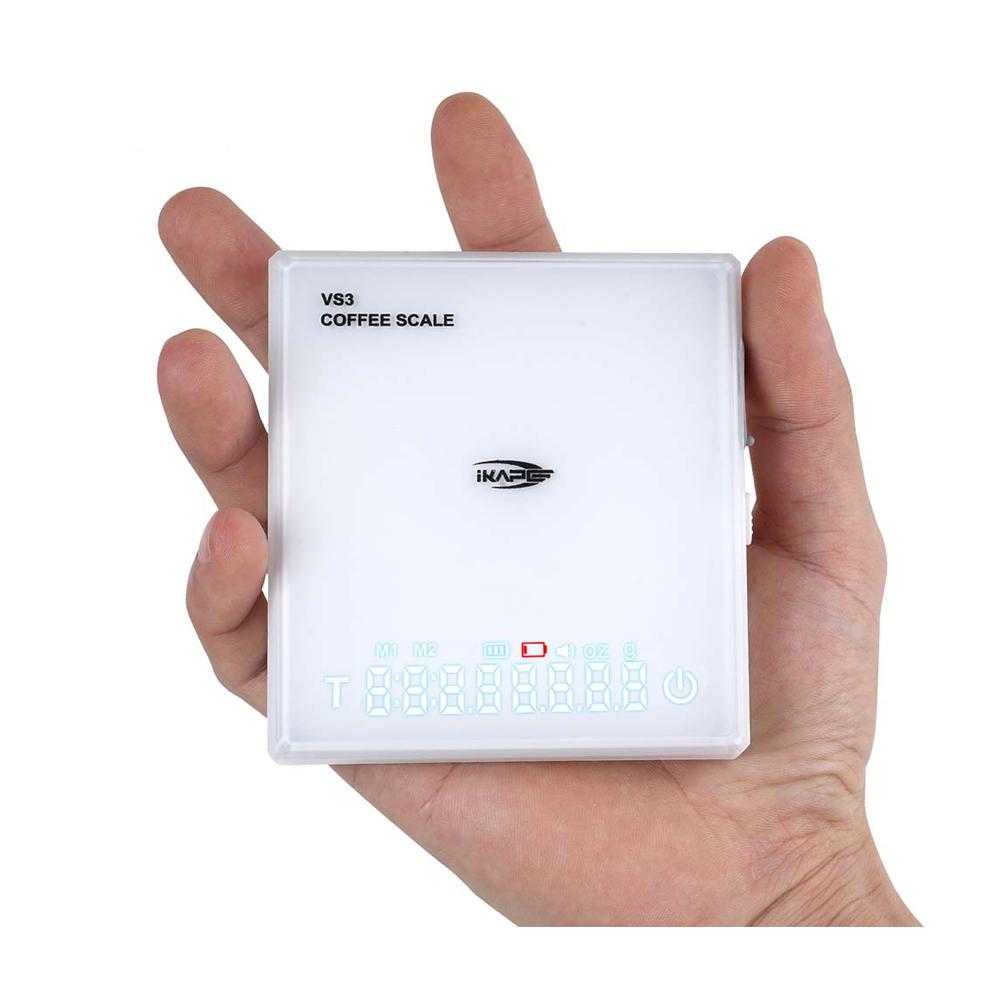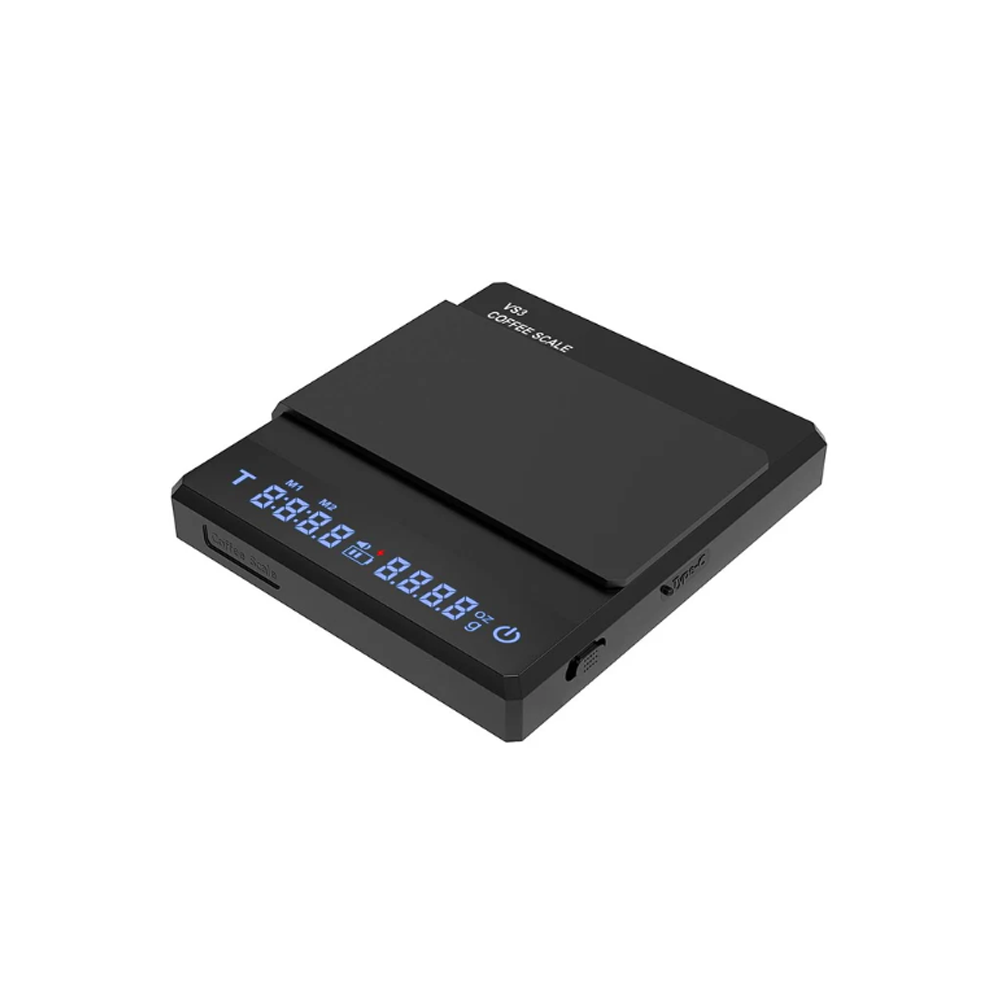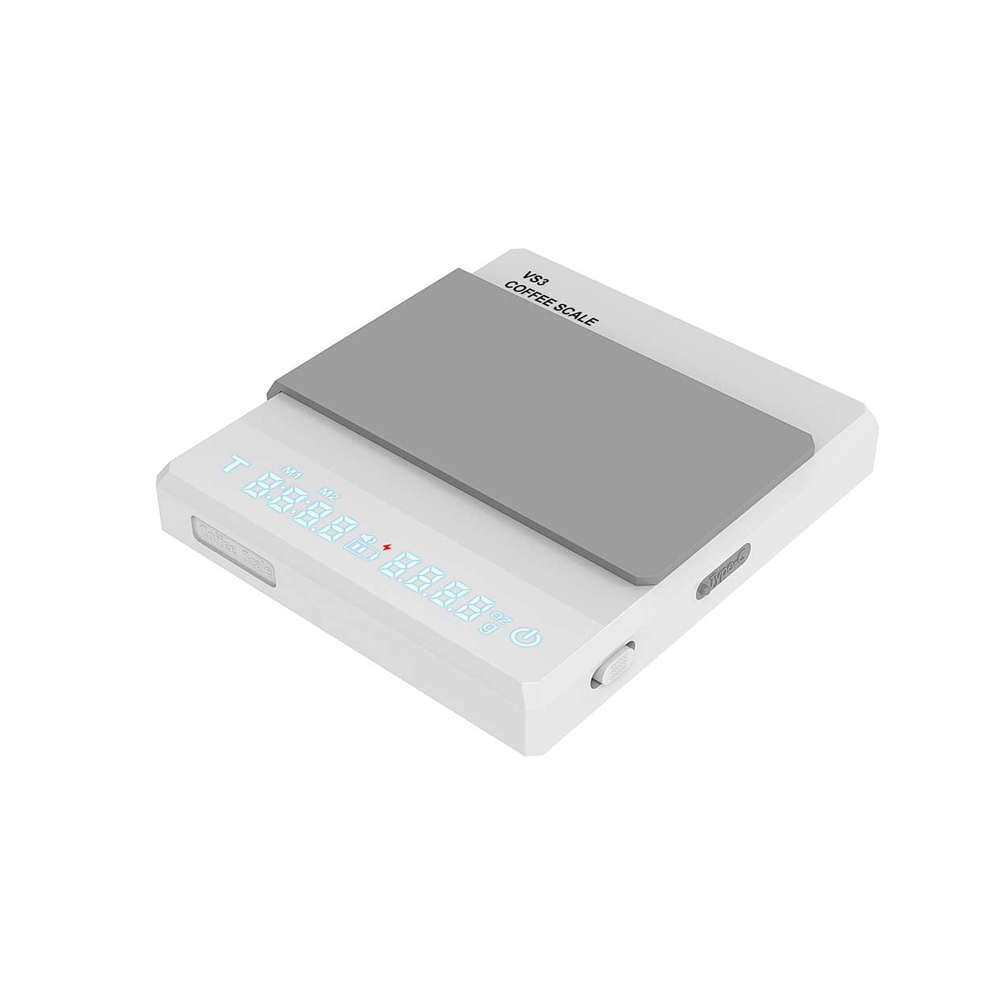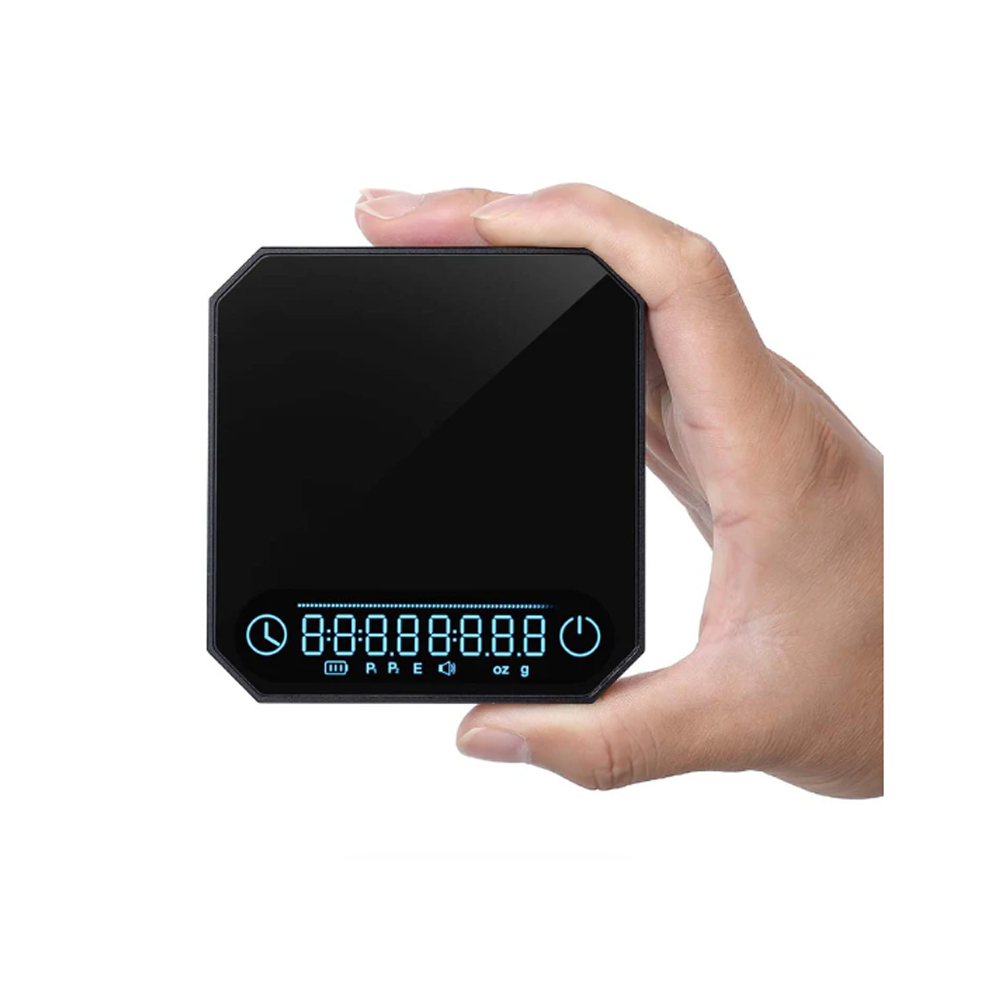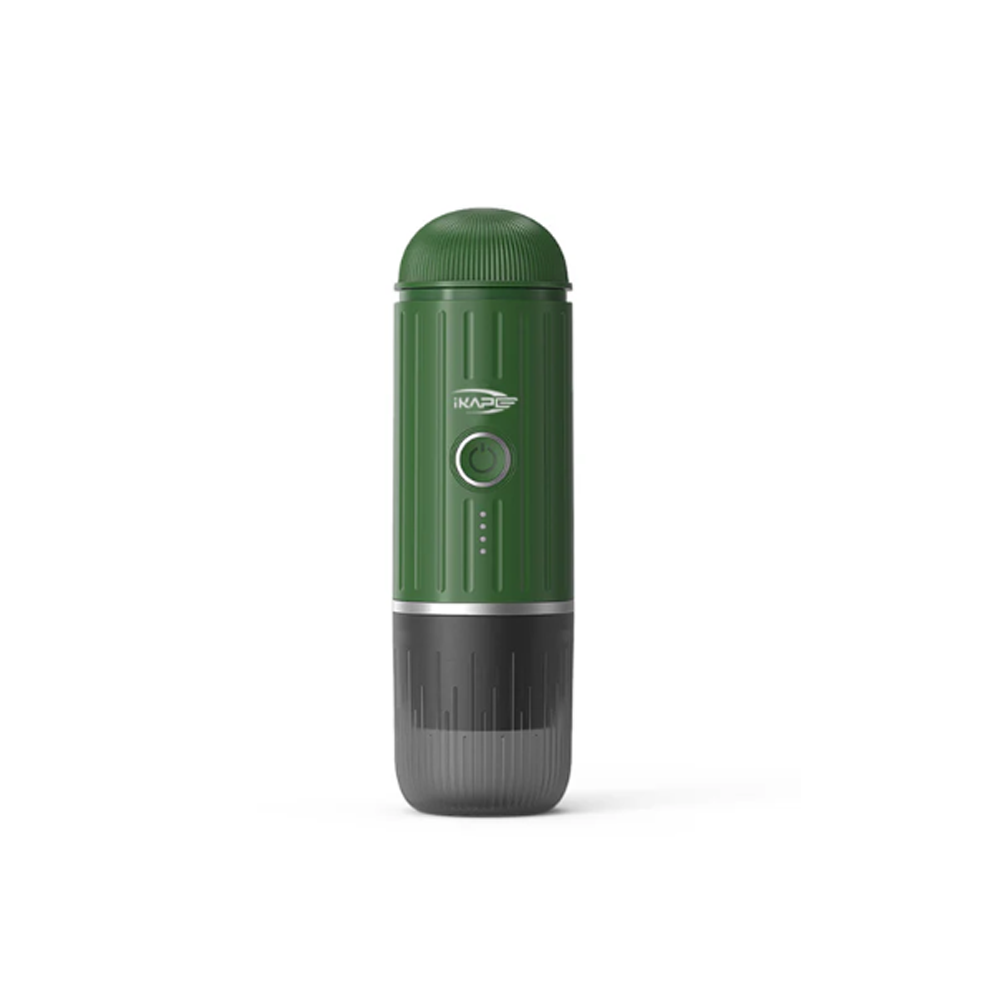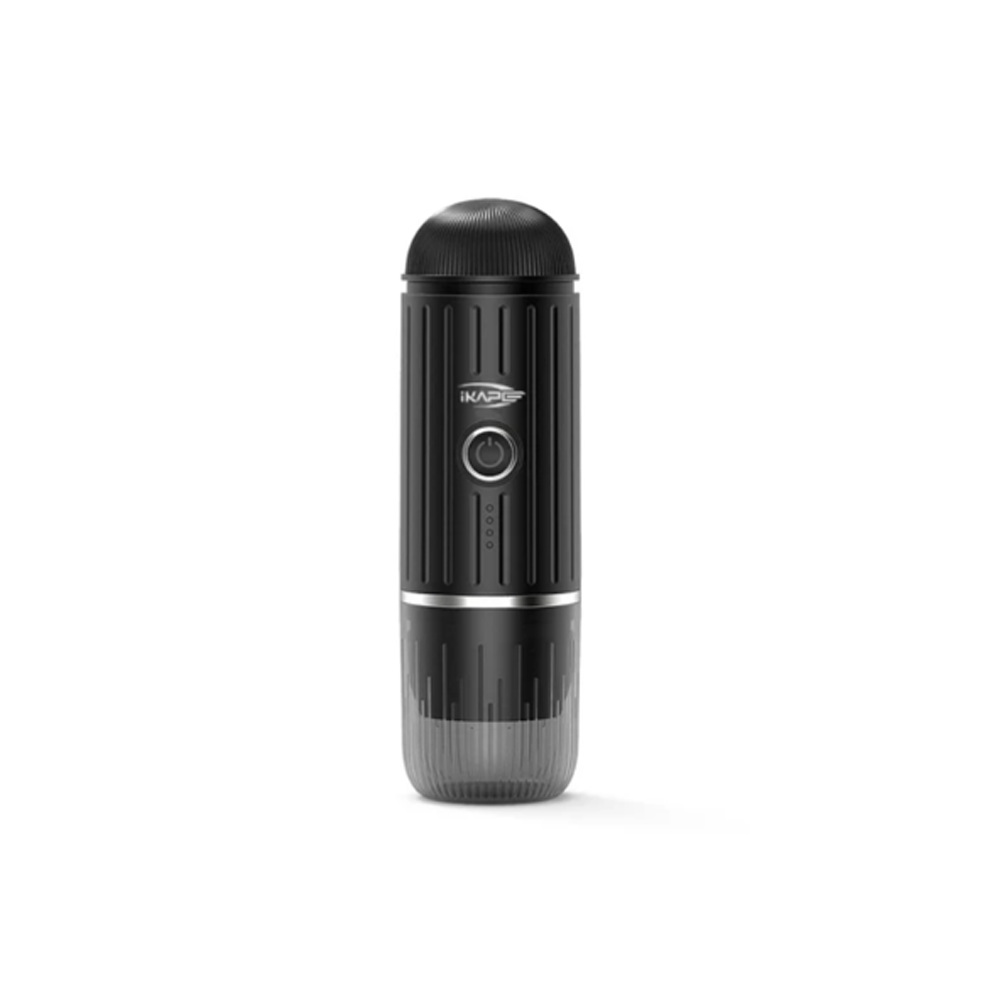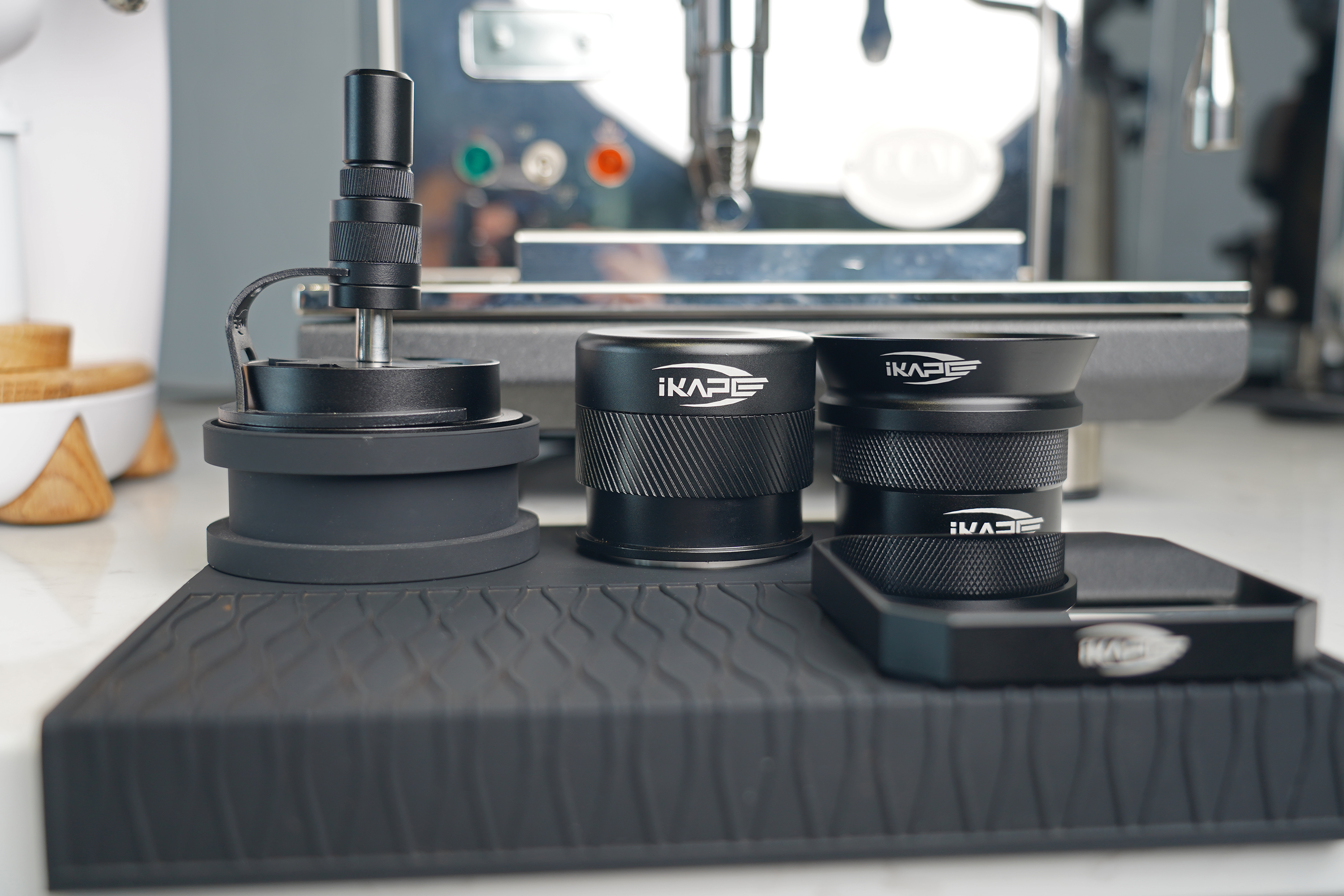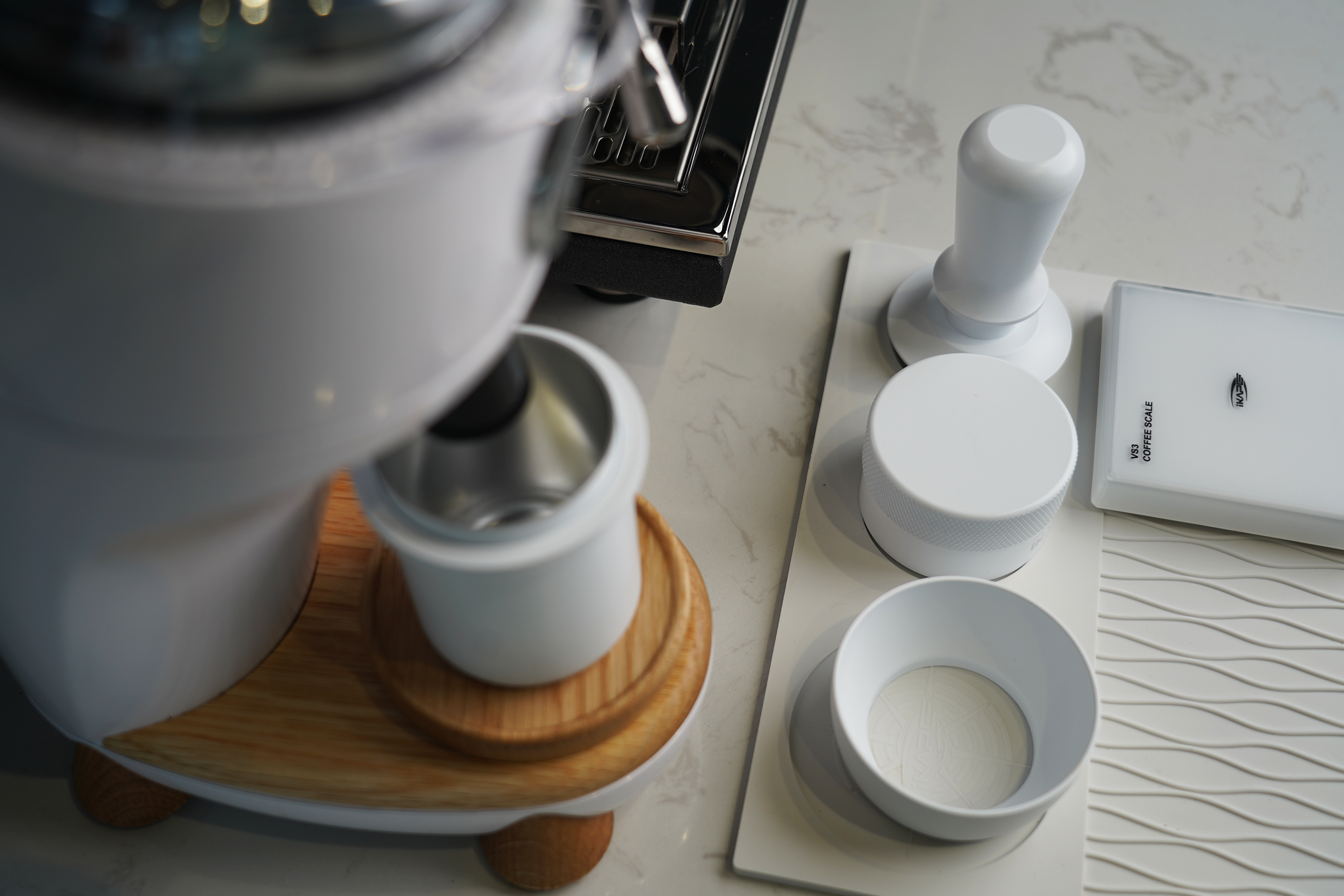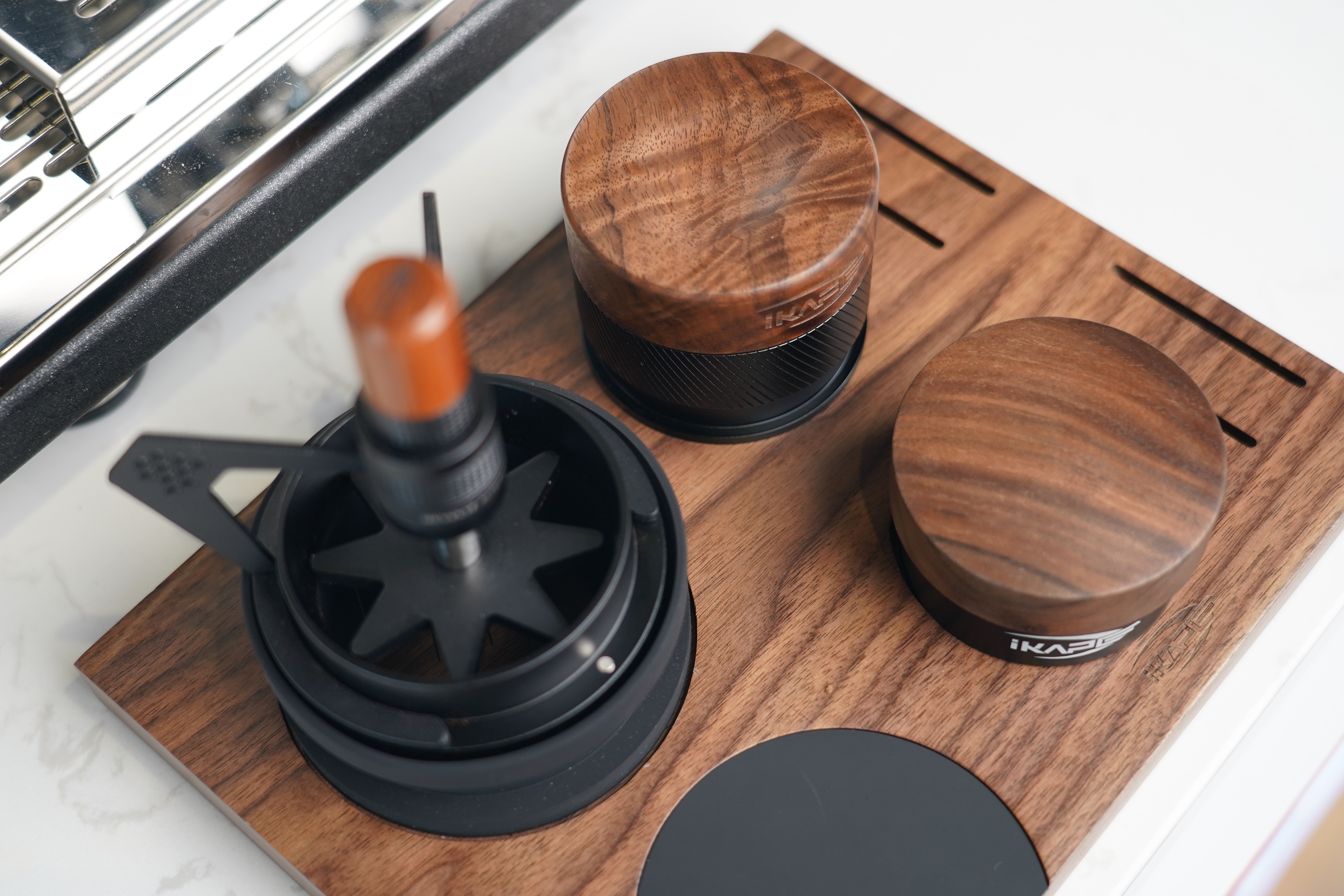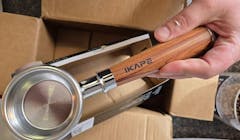The Role of Coffee Scales: Differences in Pour-Over vs. Espresso Brewing and Why They’re Essential
In specialty coffee brewing, a digital scale is the only tool that quantifies the three critical variables: time, weight, and flow rate. Its importance rivals that of grinders or espresso machines. While scales play similar roles in both pour-over and espresso brewing, their applications differ significantly.
Core Functions of a Coffee Scale-- Precision Measurement
Dose Control: Eliminates guesswork, ensuring accurate coffee-to-water ratios (e.g., 1:15 for pour-over, 1:2 for espresso).
Water Tracking: Monitors pour speed in real time to adjust technique (e.g., pulse pouring rhythm).
Timing Pour-Over: Total brew time (2–3 minutes) determines flavor balance.
Espresso: 25–30 seconds is the "golden window" for consistent flavor.
Extraction Yield (TDS) Calculation:Advanced users pair scales with refractometers to calculate extraction yield using dose and beverage weight.
Pour-Over Brewing: The Scale as a "Rhythm Conductor"
Real-Time Pour Monitoring
Flow Rate Control: Adjust kettle height or flow thickness based on displayed pour speed (e.g., 3g/sec).
Pulse Pouring Guidance: Use weight markers for stages (e.g., 30g bloom → 150g first pour → 225g final yield).
Brew Time Management
Total and stage times directly impact sweetness, acidity, and bitterness. For example:
Inadequate bloom (<30 seconds): Uneven extraction due to incomplete degassing.
Overly long brew (>3.5 minutes): Risk of bitter over-extraction.
Why It’s Essential
Brewing without a scale ≈ flying blind: Unstable flavors, especially for light roasts with delicate acidity.
Espresso Brewing: The Scale as a "Data Calibrator"
Dose Consistency: Measure portafilter grounds (e.g., 18.0g ±0.2g) to control grind variance.
Yield Tracking: Stop extraction at target yield (e.g., 36g) to avoid bitterness.
Time Feedback:A 25–30 second extraction for 36g is ideal. Deviations (e.g., 36g in 20 seconds) signal grind adjustments.
Why It’s Essential
Espresso without a scale ≈ gambling: Dose or yield errors lead to unbalanced shots—bitter dark roasts or sour light roasts.
Why Scales Are Non-Negotiable: Science Over Guesswork
Eliminate Subjectivity
Coffee beans change daily (freshness, roast). Scales provide objective data to adapt recipes.
Repeatability & Optimization
Logging dose, water, and time builds a personal brew database. Example:
Identifying a bean’s "sweet spot" at 2:40 allows precise replication.
Final Takeaway: From "Approximate" to "0.1g-Accurate"
Coffee scales transform abstract flavors into measurable metrics, turning brewing from "mystery" to "science." Whether for pour-over or espresso, ditching guesswork and embracing data is the key to unlocking specialty coffee’s full potential.




